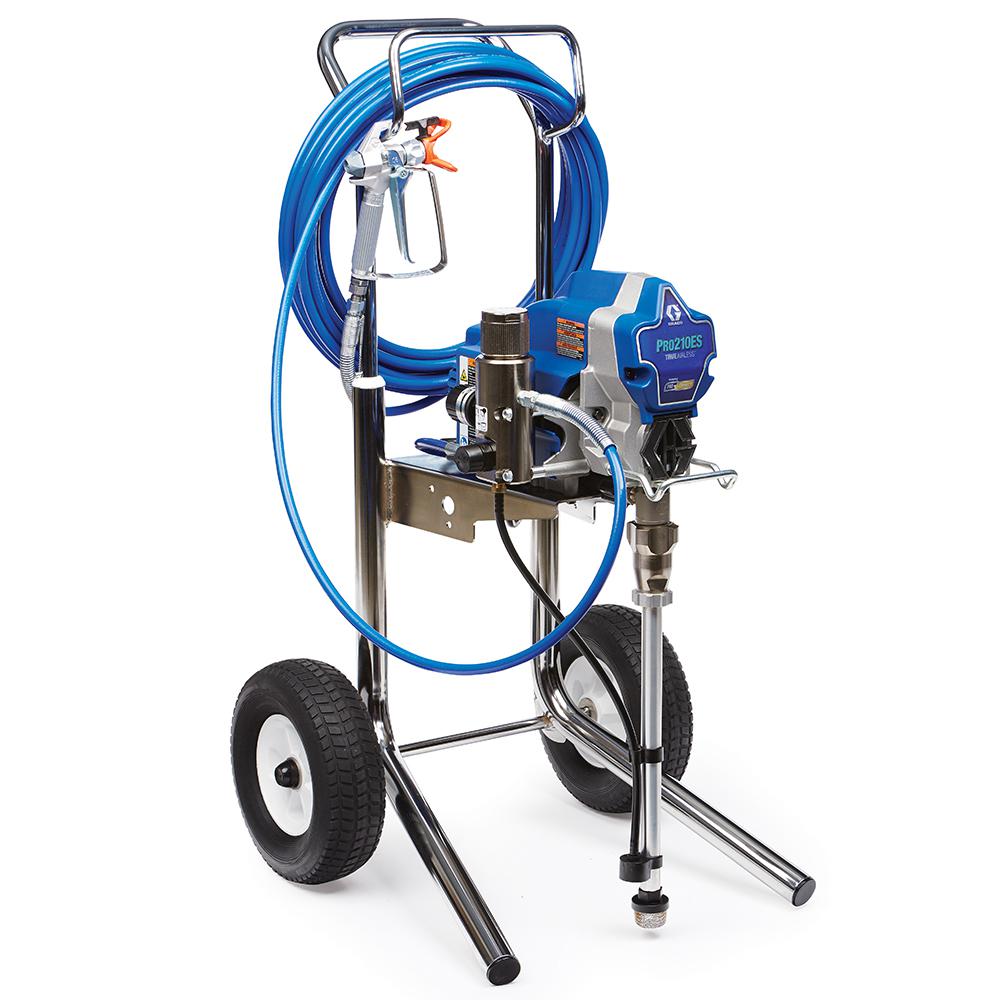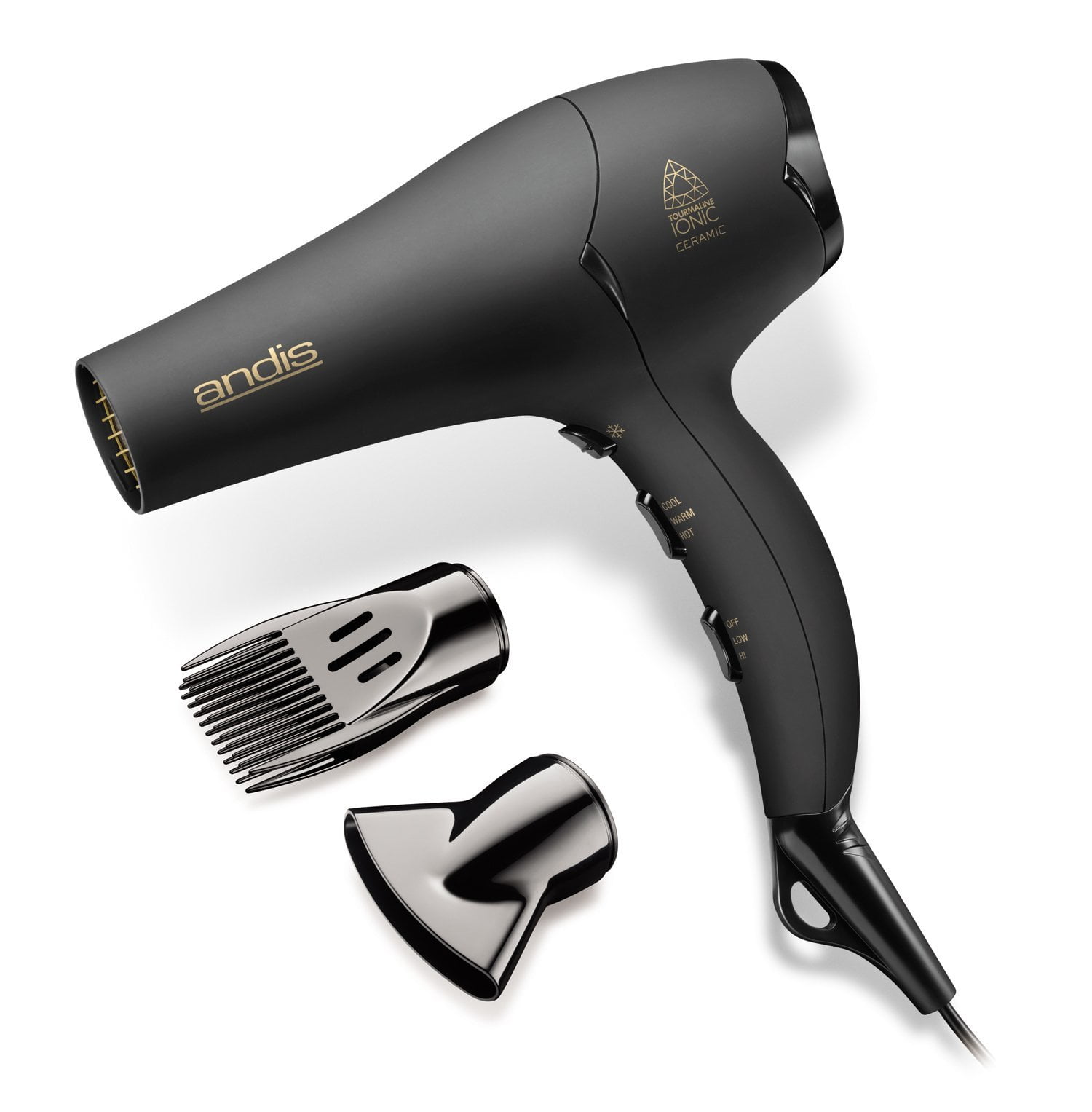Table Of Content

A paint sprayer that requires air pressure to operate is optimal for smaller, detailed projects that use thinner paints or sprays. Airless paint sprayers, on the other hand, can take on even unthinned finishes for larger surfaces, like the exterior of a home. Paint sprayers are either airless, HVLP (high-volume, low-pressure), or compressed (also known as pneumatic). The type of tool you choose depends on the project and your primary objectives.
HomeRight Quick Finish HVLP Power Painter
In a nutshell, painting with an airless sprayer is faster, better and easier than painting with a brush or roller. You’ll see a marked difference in the finish quality with a sprayer, and you won’t be spending time cleaning brushes and rollers. U.S. painting contractors even prefer Graco sprayers 7 to 1 over the nearest competitive brand according to Frost & Sullivan, which gave us a “Paint Contractors Choice Award” for overall best brands. Airless sprayers work by pumping out paint at very high pressure, fanning out droplets to evenly coat the surface. They're good for painting exterior surfaces, such as fences, lattices, decks and shutters, as well as interior walls and ceilings. Airless sprayers can also handle thicker paint better than compressed air or HVLP sprayers.
Everything You Need to Paint a Room - The New York Times
Everything You Need to Paint a Room.
Posted: Fri, 21 Jul 2023 07:00:00 GMT [source]
Best Airless
I wouldn’t paint a whole house (interior or exterior) with the sprayer, but any smaller jobs would be just fine. This HVLP gravity-feed paint sprayer might be small, but it is mighty. Its compact, handheld profile makes it especially good for detailed projects, including car detailing and furniture staining. The flow rate indicates how much paint can run through your sprayer per minute.
Graco TrueCoat 360 DS Handheld Paint Sprayer
At the same time, the sprayer’s variable air pressure control, ranging from 1.50 to 2.63 psi (pounds per square inch), reduces the risk of overspray. Our experts also call out the model’s generous two-year warranty, compared with the usual one-year warranty, plus Titan’s ability to rebuild the sprayer’s fluid section (at a cost, of course). As for performance, the airless paint sprayer is built for speed, with a .6 horsepower pump that can apply paint or stain at a rate of .33 gallons per minute. We think this handheld airless paint sprayer is the best choice for most DIY enthusiasts because it delivers smooth results across a wide range of surfaces from fences to furniture and interior walls. While shopping for a paint sprayer, be careful not to confuse these tools with spray paint.
Best Professional Airless Paint Sprayer
The 600 cc-cup (about 2.5 cups) is easy to detach and fill, plus you’ll always be able to see how much paint is left so you can time your refills accordingly. This article is edited and updated by Michelle Ullman, the tool expert for The Spruce. For this roundup, she considered dozens of airless paint sprayers, evaluating each for basic features, extras, and customer feedback. The flow rate of a paint sprayer refers to the amount of paint the tool can spray in one minute.
Painting a House With a Sprayer vs Brush and Roller
Its recommended annual usage is no more than 50 gallons of paint per year. This airless paint sprayer can siphon directly from a 1- or 5-gallon bucket, and the 0.625 horsepower pump is intended for spraying up to 125 gallons of paint per year. The Graco Magnum X7 is compatible with a 0.017 tip, so you can use a larger tip for heavier coatings to prevent clogging. Easy to use and easy to clean, thanks to the PowerFlush garden hose adaptor, you'll be very happy with the time savings and convenience of this carted paint sprayer. Using a paint sprayer instead of traditional rollers or brushes lets you save time, exert less effort and achieve consistent paint coverage on your project.
The best paint spray guns of 2023 - Popular Science
The best paint spray guns of 2023.
Posted: Fri, 03 Mar 2023 08:00:00 GMT [source]
If you’re just starting out, practice your spray first on some scrap wood or other surface you don’t mind getting paint on. Or, if you’re using an airless sprayer, use water instead of paint. This is fine for the machine, and allows you to practice maintaining the proper distance and pressure setting to get the coverage you want. If you’re anticipating multiroom or other large-scale projects, this Graco model is your best bet.
Best Overall – HVLP
This 3.6-pound air-driven electric sprayer is great for small- and medium-size painting projects. Once you’ve achieved a look you love, cleanup is easy—simply fill the hopper with water and spray until the water runs clear. As expected, the four HVLP sprayers struggled to cover the imperfections with thinned paint. The airless sprayers, on the other hand, did a great job with single coats since they use unthinned paint. With the oil-based stain, coverage was comparable between HVLP and airless.
Titan ControlMax 1900 Pro High Efficiency Airless Sprayer

The pneumatic sprayer of this Hiltex pneumatic air spray gun’s stature will definitely come to your rescue. Unlike the hydraulics, this system does not require too many investments on your part and is hence reliable in the long run. With this sprayer, it is possible for you to enjoy effective flow controls at all times of use.
You’ll want to consider the noise level of the sprayer’s motor, especially if you’re spraying indoors in an enclosed space. HVLP sprayers are the quietest, while gas-powered airless sprayers are the loudest. As a matter of fact, it is strongly recommended that you use mini-paint sprayers for small jobs.
The HVLP spray gun combines control with efficiency so you can take on DIY painting projects like a pro. HVLP stands for "high-volume, low-pressure," meaning that while it uses a higher volume of air to spray the paint, it is done so at lower pressure for better efficiency. In addition to being budget-friendly, this Wagner paint sprayer is also beginner-friendly, thanks to the control nozzle that creates a consistent, smooth spray. You aren't going to use this small HVLP paint sprayer for big projects like painting a fence or a wall. But for smaller projects, such as painting furniture, doing crafts, or other small, lightweight projects, the HomeRight Quick Finish HVLP Paint Sprayer is a great choice. This is an entry-level paint sprayer with a very reasonable price, but it provides smooth results and good coverage without any brush marks, as long as you don't try to use it with thick paint.
Even post-project cleanup is easy—just attach the clean connector (also included) to a faucet or hose and turn it on to wash out any paint left in the pipe so it’s good to go for next time. This beginner-friendly paint sprayer makes it easy to get to work quickly. Just turn the knob to control the flow of paint depending on the coverage you want. It comes with four nozzles—1mm, 1.5, 2, and 3 millimeters—so it’s equipped for a variety of small paint projects. You can also toggle between three different spray patterns (horizontal, vertical, and circular), so you can tackle anything from walls to furniture to doors. This sprayer is good for both interior and exterior paint projects.
The airless models worked significantly faster with more overspray, while the HVLPs were slower and more accurate. A pneumatic or air paint sprayer uses compressed air to apply paint to a surface, producing a smooth, even finish. However, compressed air sprayers are messy and emit more overspray than others. They also use the most paint, but the sprayers themselves cost much less than airless or HVLP sprayers. If you already have an air compressor, you just need a good hose and a paint gun. For a great all-around airless paint sprayer, pick up our best overall pick, the Graco Magnum X5.
Unless you're investing in an expensive commercial sprayer, avoid using this with thicker paint (lacquers or varnishes). Use an electric, airless or air paint sprayer to do the same painting job in a fraction of the time with a clean, even finish. Learn more about what a paint sprayer is, the differences in types and what they can do. They offer several advantages for DIY painters, including the ability to achieve a smooth, flawless finish with ease. By operating at lower pressure (6-12 psi), HVLP sprayers reduce the risk of runs and allow for better paint layering. They also waste less paint compared to airless sprayers and are generally more affordable for the average user.
Just right for DIY homeowners and handymen tackling the small-to-midsize household projects. When I spray interior drywall, I do make sure to backroll after spraying. This helps even out the paint and gives it a nice stipple texture. As shopping experts, our only job is to help you find a winning product.

No comments:
Post a Comment